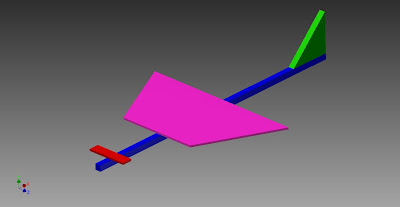1. What is the purpose or primary function of the object?
The primary function of the calculator is to do math.
2. Make an educated guess as to how this product operates. Use simple machines’ terminology to explain the object’s sequential operation.
When you press the buttons the corresponding character shows up on the screen. When you input an equation inot the computer the calculator uses guess and check to get the answer.
3. Identify the system inputs, intended product function, and outputs. Use power point to create a "black box" graphic like the toothbrush example discussed in class. Save the slide as a .jpg image and post it to answer this question.

4. What mechanical components are visible?
The buttons are the only mechanical components.
5. What is it about this device’s function that you cannot identify, because the mechanical components are hidden from plain view?
I cannot identify how the electrical stuff works. All i know is that the buttons are connected to wires that make different characters show up on the screen.




















